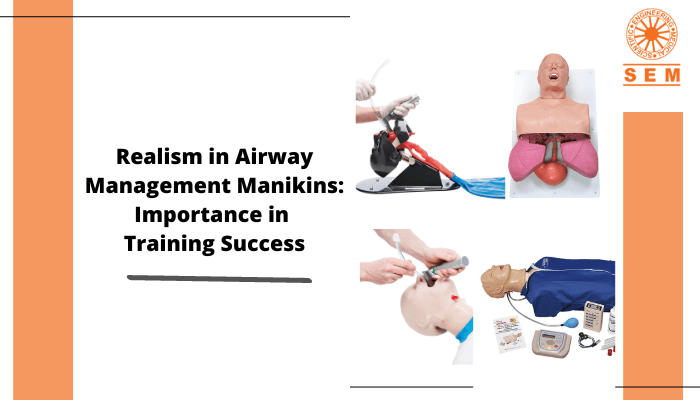7 Key Factors to Consider When Choosing a CPR Manikin for Effective Training
Did you know that while an ambulance can arrive within 8 minutes, every minute spent without giving someone CPR can decrease their chances of making a full recovery by around 10%?
CPR is possibly one of the most useful skills to have. Yet most bystanders won’t attempt CPR because they are afraid to do it wrong. But essentially, even 9-year-olds have the capacity to effectively give CPR.
What is CPR?
Cardiopulmonary resuscitation (CPR) is a lifesaving technique that can be used in emergencies to help revive someone who has experienced cardiac arrest or a similar life-threatening event. Proper training in CPR is essential for anyone who might need to perform it, whether they are healthcare professionals, first responders, or laypeople. And choosing the right CPR manikin is the first step to effective CPR training. In this article, we will discuss the factors to consider when selecting a CPR manikin.
Factors to Consider While Choosing CPR Manikin for Effective Training
1. Realism and Features
The first factor to consider when choosing a CPR manikin is its realism and the features it comes with. A realistic manikin will provide a more accurate simulation of a real-life emergency situation and will better prepare trainees for the challenges they might face when performing CPR on a live patient. Features like a realistic airway, chest rise, and fall, and the ability to simulate breathing or coughing also contribute to a manikin’s realism. A manikin with a variety of features will allow trainees to practice a wider range of scenarios, increasing their confidence and competence. Although it’s important to consider how many features you actually need. While sometimes, you may end up with a manikin with too many features that will end up never being used, other times, you might buy a manikin with fewer features and then later have to buy another one or a part to extend its capabilities.
2. Durability and Maintenance
Another important factor to consider is the durability and maintenance of the manikin. A well-constructed manikin will withstand frequent use and abuse and will last longer than a cheaper, less well-made model. The maintenance requirements of the manikin should also be taken into account, including cleaning and storage, to ensure that it remains in good condition and ready for use as it will be used by hundreds over time.
3. Ease of Use
You also need to consider whether the manikin is easy to use. Trainees should be able to set up and use the manikin without difficulty, and the manikin should be easy to adjust to meet the needs of each individual trainee. A manikin that is too complex or difficult to use might discourage trainees and reduce their engagement in the training process, defeating its purpose.
4. Cost
The cost of a CPR manikin is an important factor to consider, but it should not be the only one. Cheaper models might be more affordable, but they might also lack important features or be less durable. On the other hand, more expensive models might have more features than necessary for your specific training needs. It is important to find a balance between affordability and quality to ensure that the manikin you choose meets your training needs and budget.
5. Portability
Portability is another factor to consider, especially if you need to transport the manikin to different locations for training sessions. A portable manikin should be easy to transport and set up, and it should not be too heavy or bulky to handle. The portability of the manikin will also affect its storage requirements, as a smaller, more compact model will require less space to store.
6. Feedback Mechanism
A feedback mechanism can be a helpful tool for trainees to receive instant, real-time feedback on the effectiveness of their CPR technique. A manikin with a feedback mechanism can provide information on the depth and rate of chest compressions, the quality of the ventilation, and other important metrics that can help trainees improve their technique. Some feedback mechanisms are integrated into the manikin, while others require additional equipment or software.
7. Compatibility with Training Programs
The manikin you choose should be compatible with the training programs you plan to use. Some manikins might be designed for specific training programs or might be more suited to certain types of training, such as advanced life support (ALS) or pediatric life support (PALS). It is important to choose a manikin that will allow you to fully implement the training programs you plan to use, and that will provide the best possible training experience for your trainees.
Choosing the right CPR manikin is an important factor in effective CPR training. When selecting a manikin, it is important to consider factors like realism and features, durability and maintenance, ease of use, cost, portability, feedback mechanism, and compatibility with training programs. By taking these factors into account, you can choose a manikin that meets your training needs and budget, and that will help prepare trainees respond effectively in real-life emergency situations.


